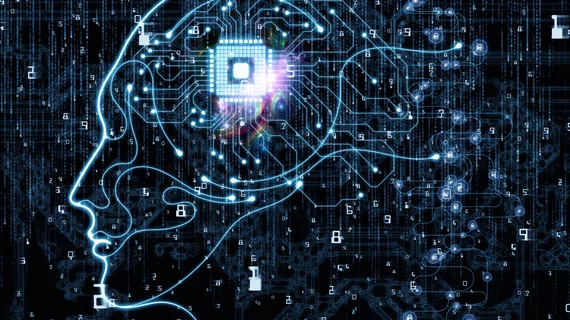Deep learning improves pneumothorax screening on chest CT
Deep learning can be used to automatically detect pneumothorax on chest CT scans, according to a study published Sept. 26 in the European Journal of Radiology.
Xiang Li, PhD, with Massachusetts General Hospital’s Department of Radiology, and colleagues showed their platform could identify pneumothorax when tested on scans with and without the condition, doing so in less than three minutes per scan.
“This deep learning-based program demonstrated high accuracy for automatic detection of pneumothorax on chest CTs,” Li and colleagues noted. “By implementing it on a high-performance computing platform and integrating the domain knowledge of radiologists into the analytics framework, our method can be used to rapidly pre-screen large numbers of cases for presence of pneumothorax, a critical finding.”
Pneumothorax can be life-threatening and should be immediately communicated when found on imaging. Sometimes, however, chest CTs cannot be instantly reviewed and not all imaging departments have radiologists on-site 24 hours a day. An automated system could alert radiologists to prioritize images with pneumothorax.
The researchers trained their eight-layer convolutional neural network (CNN) on 80 chest CTs. While 50 contained pneumothorax, 30 images did not.
After testing the algorithm in a separate set of 200 chest CT exams, the CNN detected 100% of pneumothoraces and achieved an 82.5% specificity. Processing each image took, on average, three minutes.
Li and colleagues pointed out their CNN is not an absolute solution.
“The program is not intended to be a stand-alone program to diagnose pneumothorax or replace the role of the radiologist,” they noted. “Rather, it is intended as a new tool to help radiologists optimize the flow of work for earlier detection of this important potentially life-threatening and often unsuspected finding.”
The researchers also went out of their way to explain how they established the ground truth for their study—a common omission in deep learning-based research, they noted. Expert consensus on the presence of pneumothoraces was used due to variance in knowledge and literature on how to best diagnose the condition.
Overall, the research may serve as a guide for similar projects going forward.
“If successful, the clinical implementation of this program can serve as a model for other surveillance programs aimed at other potentially life-threatening diseases and conditions as well as programs aimed at segmenting cases into higher versus lower risk-of-disease categories more generally,” the researchers concluded.

